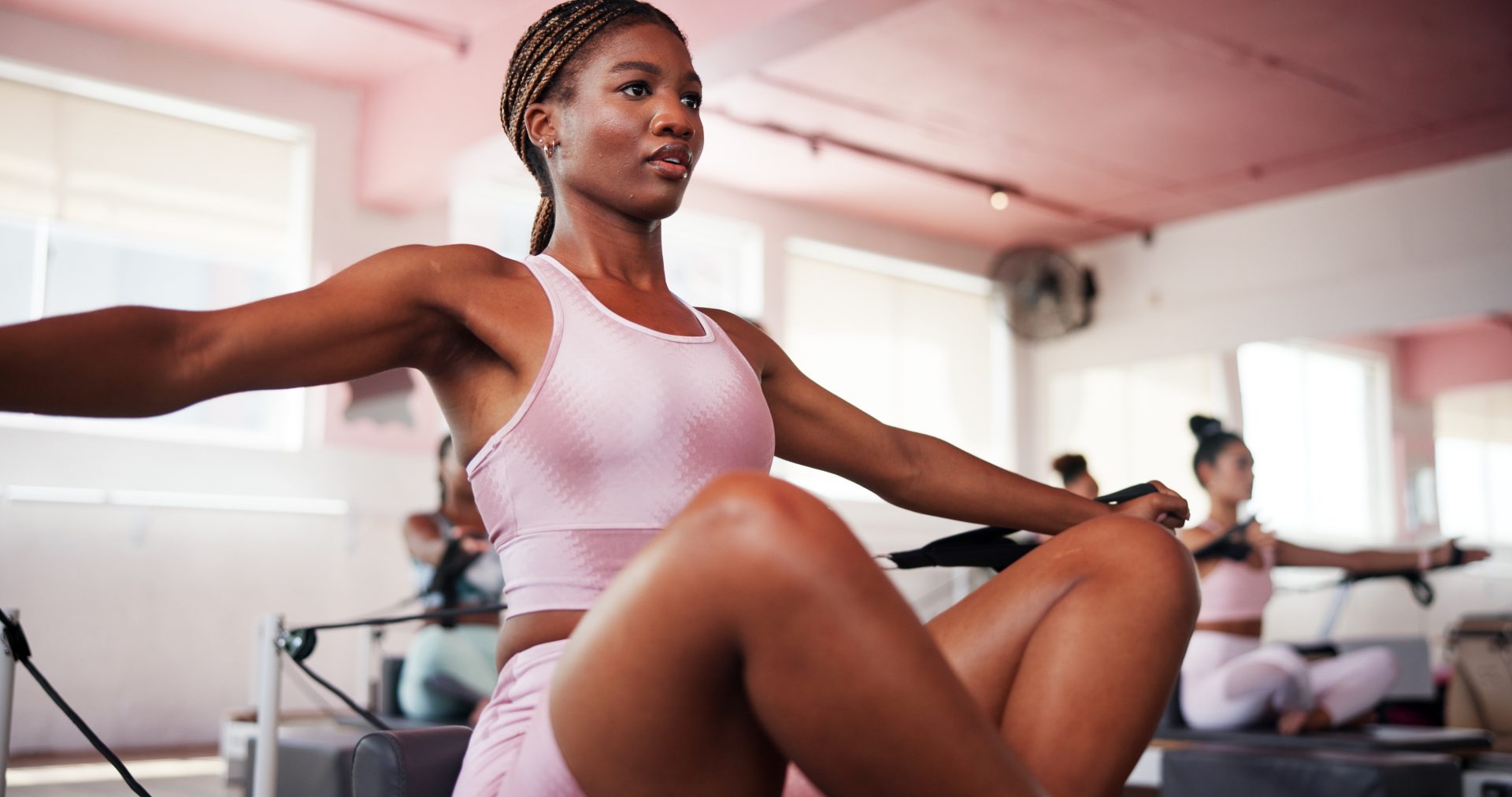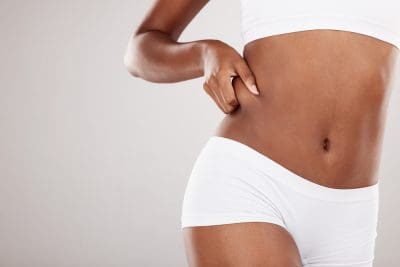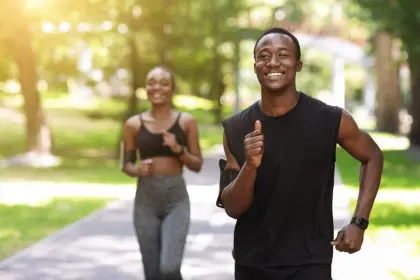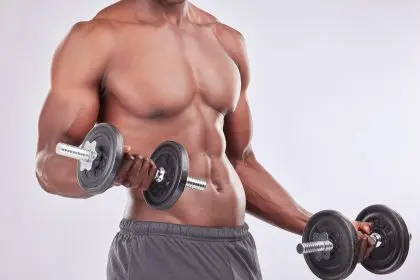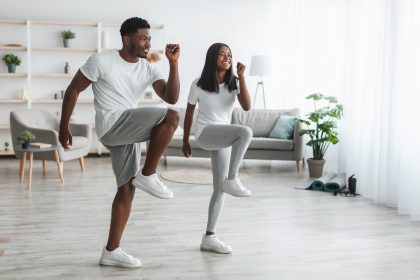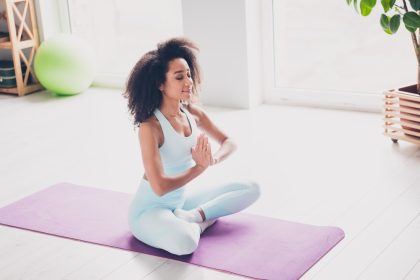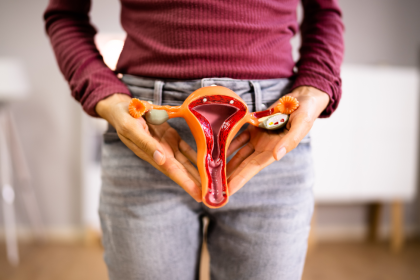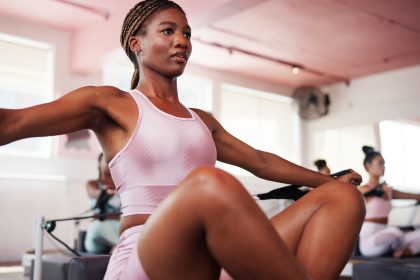Pilates has emerged as one of the most enduring fitness trends of recent years, attracting devotees from all walks of life. This low-impact exercise method focuses on developing core strength, enhancing flexibility, and improving overall body awareness through controlled movements and specific breathing techniques. For newcomers and even those familiar with similar practices like barre, navigating the world of Pilates can seem intimidating at first. However, with the right approach, anyone can unlock the transformative benefits of this popular workout style.
Why Pilates continues gaining popularity
The growing enthusiasm for Pilates stems from its balanced approach to fitness that delivers remarkable results without the joint stress associated with high-impact workouts. Unlike exercise methods that isolate muscle groups, Pilates emphasizes whole-body integration, creating long, lean muscles while improving posture and movement patterns.
Many fitness enthusiasts discover that regular Pilates practice helps correct imbalances caused by everyday activities and other workout routines. The method’s focus on precise, controlled movements trains the body to move more efficiently both in and out of the studio, potentially reducing injury risk and enhancing performance in other physical activities.
The mental benefits prove equally compelling. The concentration required during Pilates creates a meditative quality that many practitioners find reduces stress and improves focus. This mind-body connection distinguishes Pilates from purely physical workouts, creating a more holistic approach to fitness that addresses both mental and physical wellbeing.
Seven essential strategies for Pilates success
- Establish open communication with instructors Before your class begins, take a moment to connect with the instructor about any physical limitations, injuries, or concerns you might have. For newcomers, mentioning your beginner status allows instructors to provide additional guidance throughout the session. This preliminary conversation enables instructors to suggest modifications for specific exercises and helps them understand when to offer extra attention during challenging sequences. Even experienced practitioners benefit from sharing any recent injuries or changes in physical condition that might affect their practice.
- Prioritize form over visual following While watching the instructor demonstrates movements might seem logical, constantly turning your head to observe can compromise your form and reduce exercise effectiveness. Pilates emphasizes proper alignment, and excessive head movement can disrupt the neutral spine position essential for many exercises. Instead, rely primarily on verbal cues and occasional glances when necessary. This approach maintains proper neck alignment and encourages deeper body awareness as you learn to feel rather than see correct positioning. With practice, this internal awareness becomes second nature, allowing for more effective workouts with less reliance on visual cues.
- Master the breathing technique The distinctive breathing pattern used in Pilates fundamentally differs from methods employed in other exercise disciplines. Each movement coordinates with either inhalation or exhalation, creating rhythm and enabling deeper muscle engagement. Proper breathing delivers oxygen to working muscles and enhances the mind-body connection central to Pilates philosophy. Many newcomers benefit from exaggerating their breath initially, making deliberate sounds during exhalation to ensure they’re fully engaging their deep abdominal muscles and timing movements correctly.
- Aim for quiet, controlled equipment usage When working with Pilates equipment like reformers, strive for smooth, controlled movements that minimize noise. The sound of springs and carriages moving indicates momentum rather than muscle control – the quieter your movements, the more effectively you’re engaging your muscles. This principle applies equally to mat-based Pilates. Controlled, deliberate movements maximize muscle engagement and minimize momentum, ensuring you gain the full benefit from each exercise rather than letting momentum do the work your muscles should be performing.
- Embrace slower movement patterns Pilates values quality over quantity, requiring practitioners to move with precision rather than racing through repetitions. Slower movement creates time for proper muscle activation and maintains the form necessary for effective exercise. Rushing through sequences often leads to missed instructions and improper alignment, significantly reducing workout effectiveness. By synchronizing movements with breath and maintaining deliberate pacing, you’ll experience deeper muscle engagement and more significant results from your practice.
- Welcome the muscle shake When muscles begin trembling during holding positions or slow movements, recognize this as a positive sign of effective engagement rather than weakness. This “shake” indicates you’ve pushed muscles to fatigue, stimulating strength development and enhancing control. Rather than backing off when shaking occurs, maintain proper form while acknowledging this physical feedback as evidence of progress. With consistent practice, the same exercises that once caused immediate shaking will become more manageable as strength develops.
- Practice patience and self-compassion Perhaps the most crucial advice for Pilates beginners involves cultivating a mindset of self-compassion and patience. Learning the precise movements and breathing patterns takes time, and comparing yourself to more experienced practitioners creates unnecessary frustration. Each body responds differently to Pilates training based on existing strength, flexibility, and movement patterns. Celebrating small improvements rather than focusing on perceived shortcomings creates a more sustainable practice. This compassionate approach supports long-term commitment to the practice, allowing time for the truly transformative benefits to develop.
Essential gear for optimal practice
Having appropriate attire enhances both comfort and performance during Pilates sessions. While specialized equipment isn’t mandatory, certain items can significantly improve the experience:
Form-fitting activewear allows instructors to observe your alignment and provides feedback about your positioning. Unlike loose clothing that can hide improper form, fitted options help both you and your instructor ensure correct technique.
Grip socks provide stability on studio equipment and mats, preventing slipping during challenging positions. These specialized socks feature rubber dots or patterns on the sole, creating traction that enhances confidence during balance-focused exercises.
Supportive sports bras offer comfort during movements that involve lying in various positions or bending forward. Styles with adjustable straps accommodate the wide range of positions encountered during typical Pilates sequences.
High-waisted leggings prevent distraction from clothing adjustments during practice. This style stays in place during inversions and forward bends, allowing complete focus on the exercises rather than wardrobe management.
Finding the right Pilates style for you
Newcomers often don’t realize that numerous Pilates variations exist, each offering different benefits and experiences. The two primary categories include:
Classical Pilates adheres closely to Joseph Pilates’ original method with a prescribed sequence of exercises performed with specific transitions. This systematic approach builds skills progressively and honors the traditional methodology.
Contemporary Pilates incorporates modern exercise science while maintaining core Pilates principles. These classes often include modifications and variations that make the practice more accessible to different body types and fitness levels.
Within these broader categories, specialized classes target specific goals:
Reformer Pilates utilizes the spring-based resistance machine to add challenge and support to traditional exercises. The reformer’s adjustable springs make exercises more or less challenging, allowing for personalized intensity.
Mat Pilates requires only a floor mat, focusing on bodyweight exercises that develop core strength through resistance against gravity. This accessible format requires minimal equipment while delivering substantial benefits.
Clinical Pilates emphasizes rehabilitation and injury prevention through modified exercises developed with physical therapy principles. This approach often appeals to those recovering from injuries or managing chronic conditions.
Exploring different styles through introductory classes helps determine which approach best aligns with individual goals and preferences.
The transformative potential of consistent practice
While many exercise methods promise quick results, Pilates delivers sustainable transformation through consistent practice. Regular sessions progressively strengthen deep stabilizing muscles often neglected in conventional workouts, creating balanced muscular development that supports improved posture and movement patterns.
Beyond physical changes, dedicated practitioners often report enhanced body awareness that transfers to daily activities. This improved proprioception—understanding where your body is in space—contributes to more efficient movement patterns in everything from athletic pursuits to routine tasks.
The unique combination of strength development, flexibility enhancement, and mindful movement creates comprehensive fitness improvement without the joint stress associated with high-impact exercise. This balance makes Pilates suitable for diverse populations and explains its enduring popularity across decades while other fitness trends have faded.
For beginners embarking on their Pilates journey, patience and consistency ultimately yield more meaningful results than intensity. By approaching each session with curiosity rather than judgment and implementing these seven strategies, newcomers can build a foundation for a rewarding practice that continues evolving for years to come.

